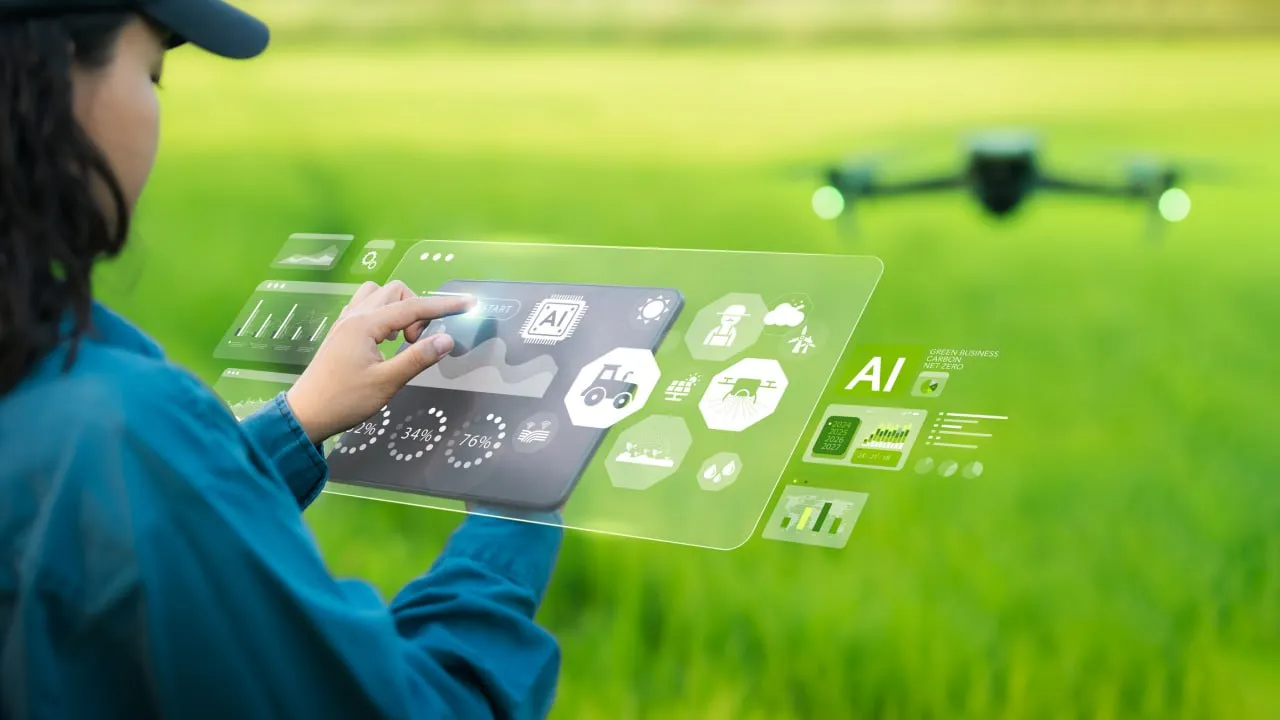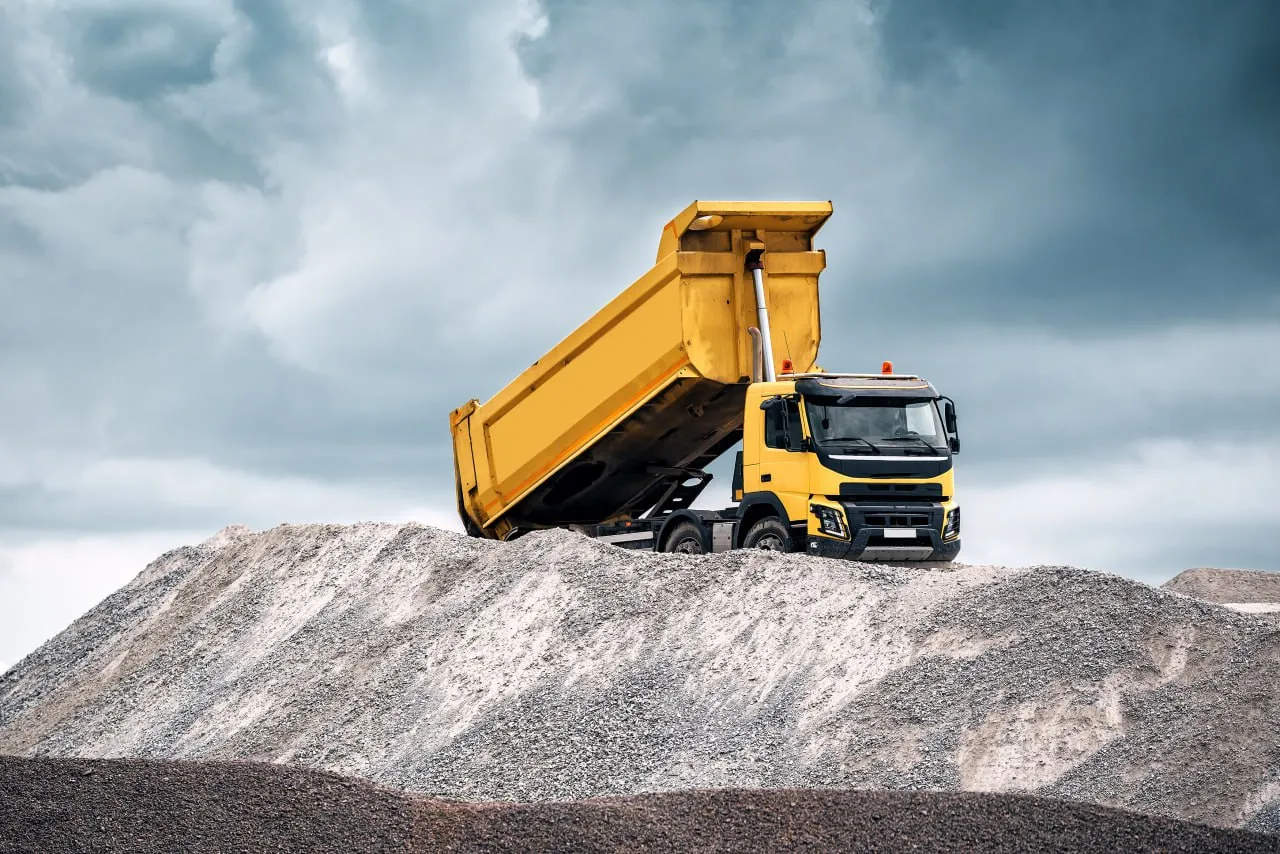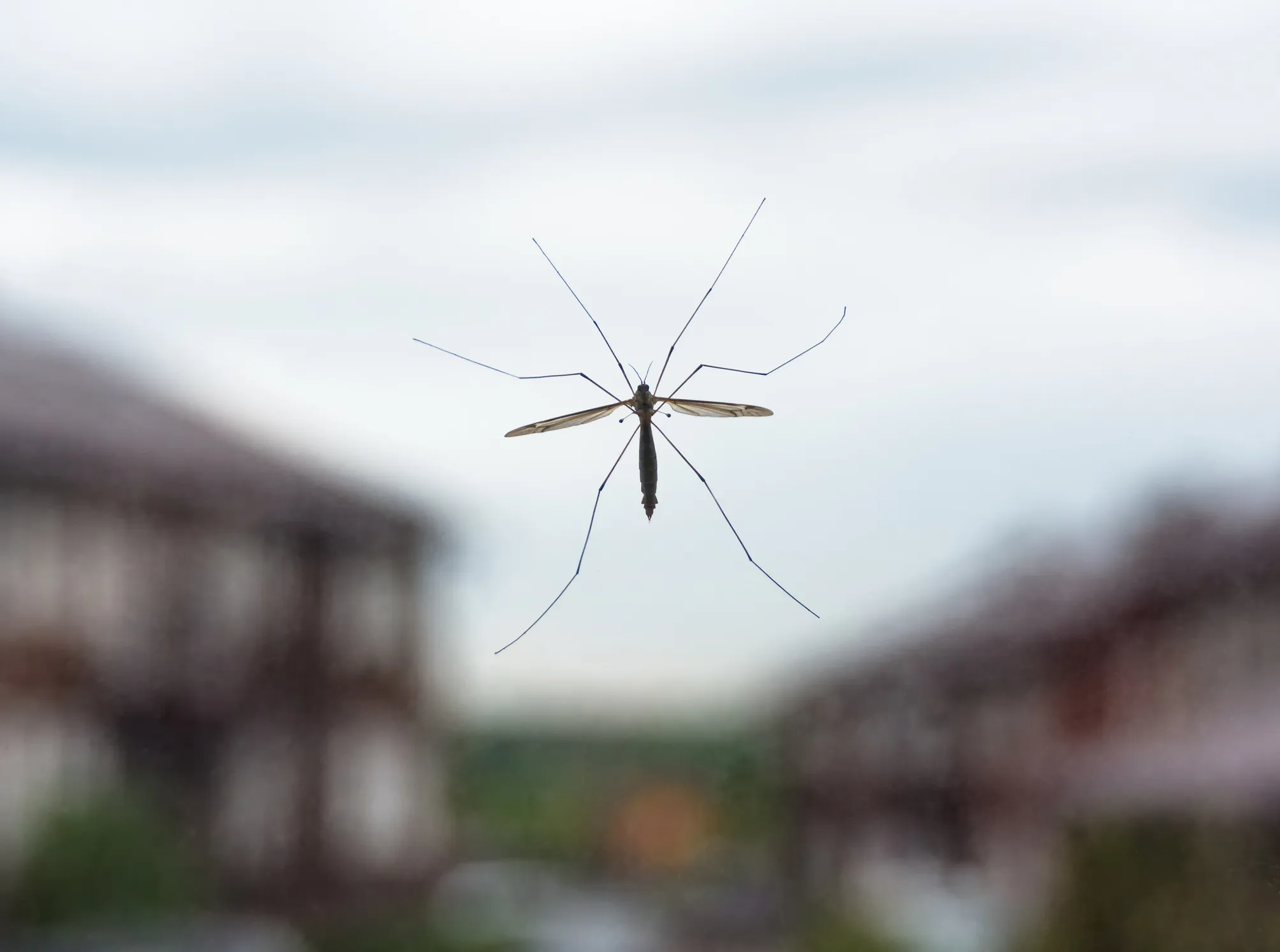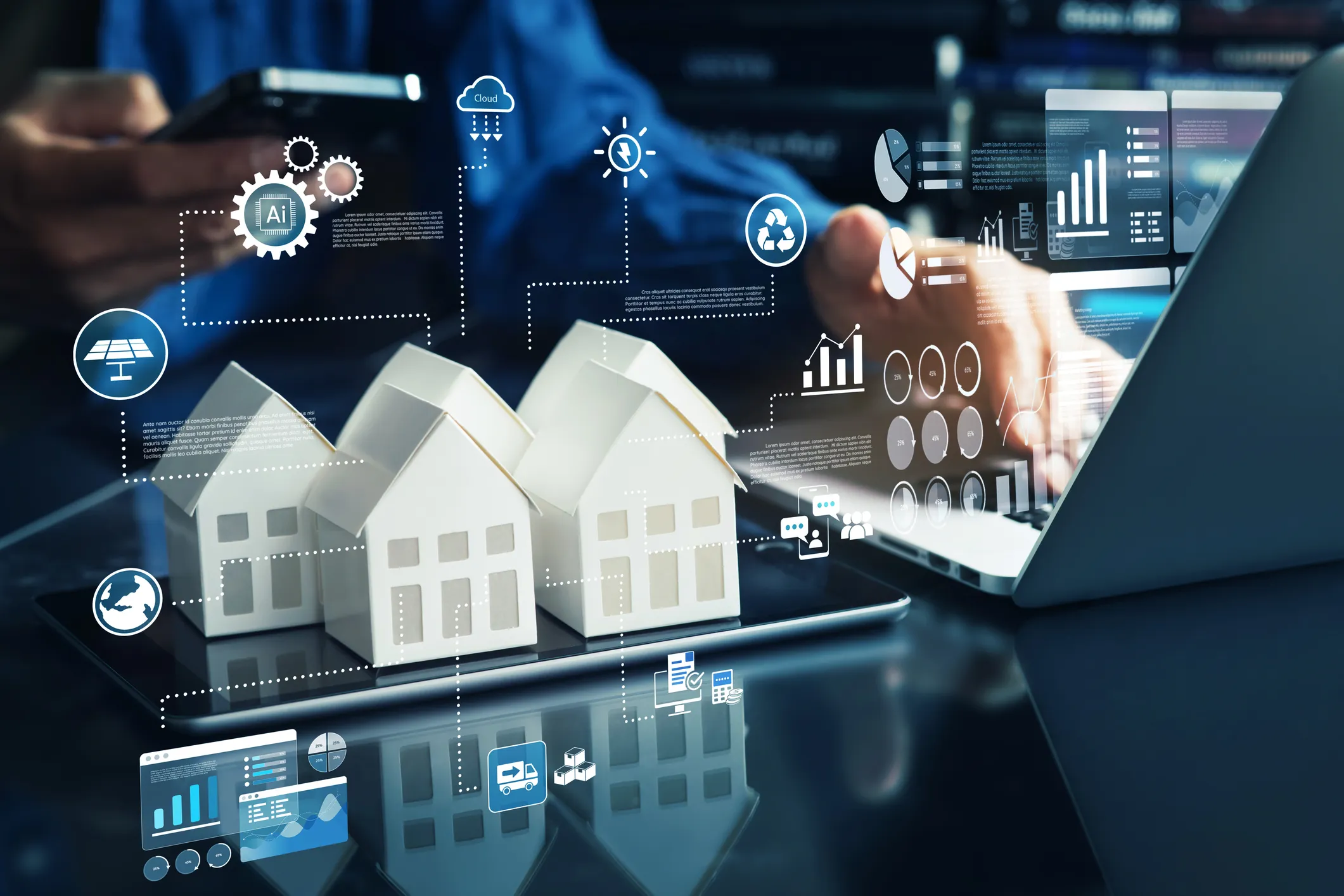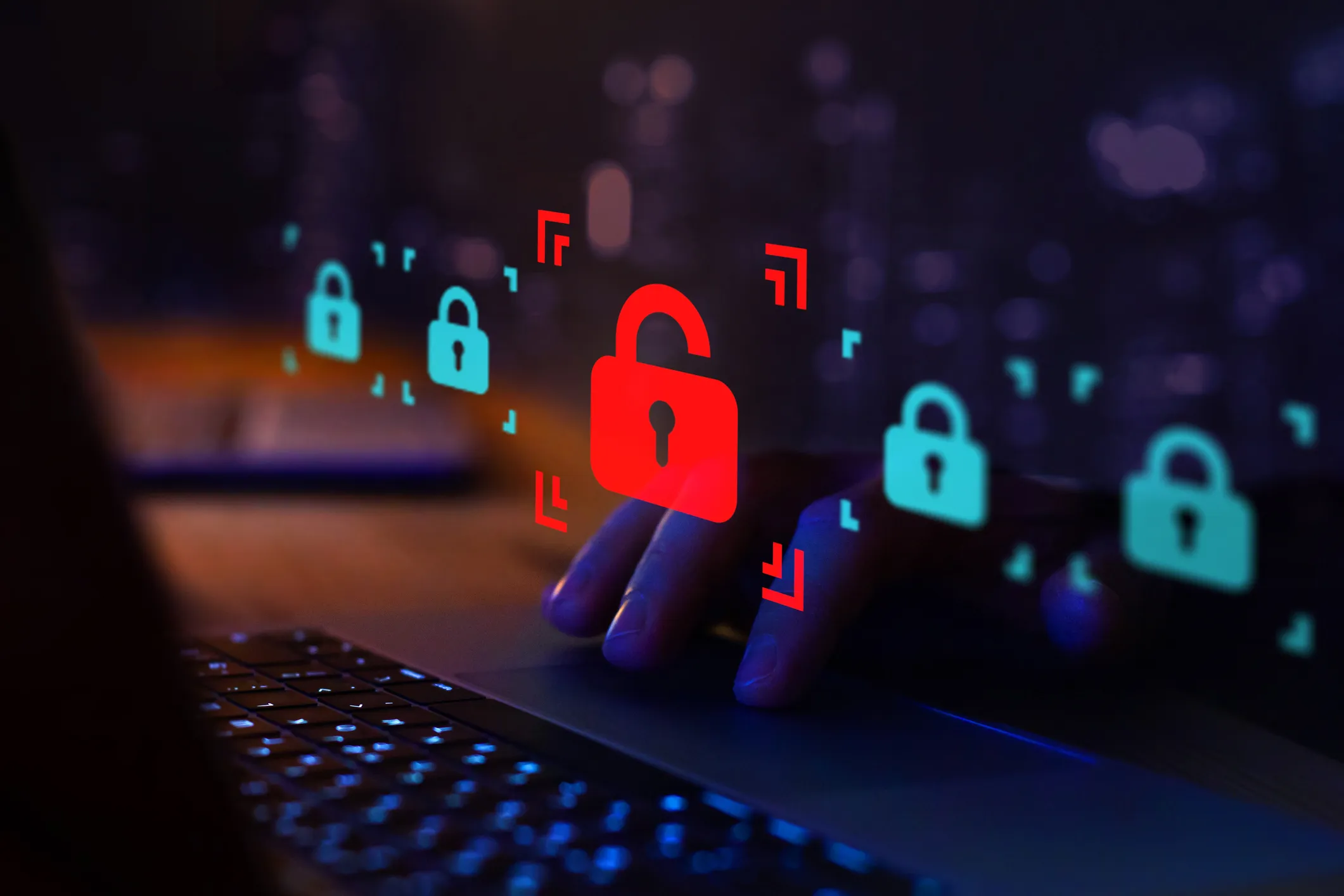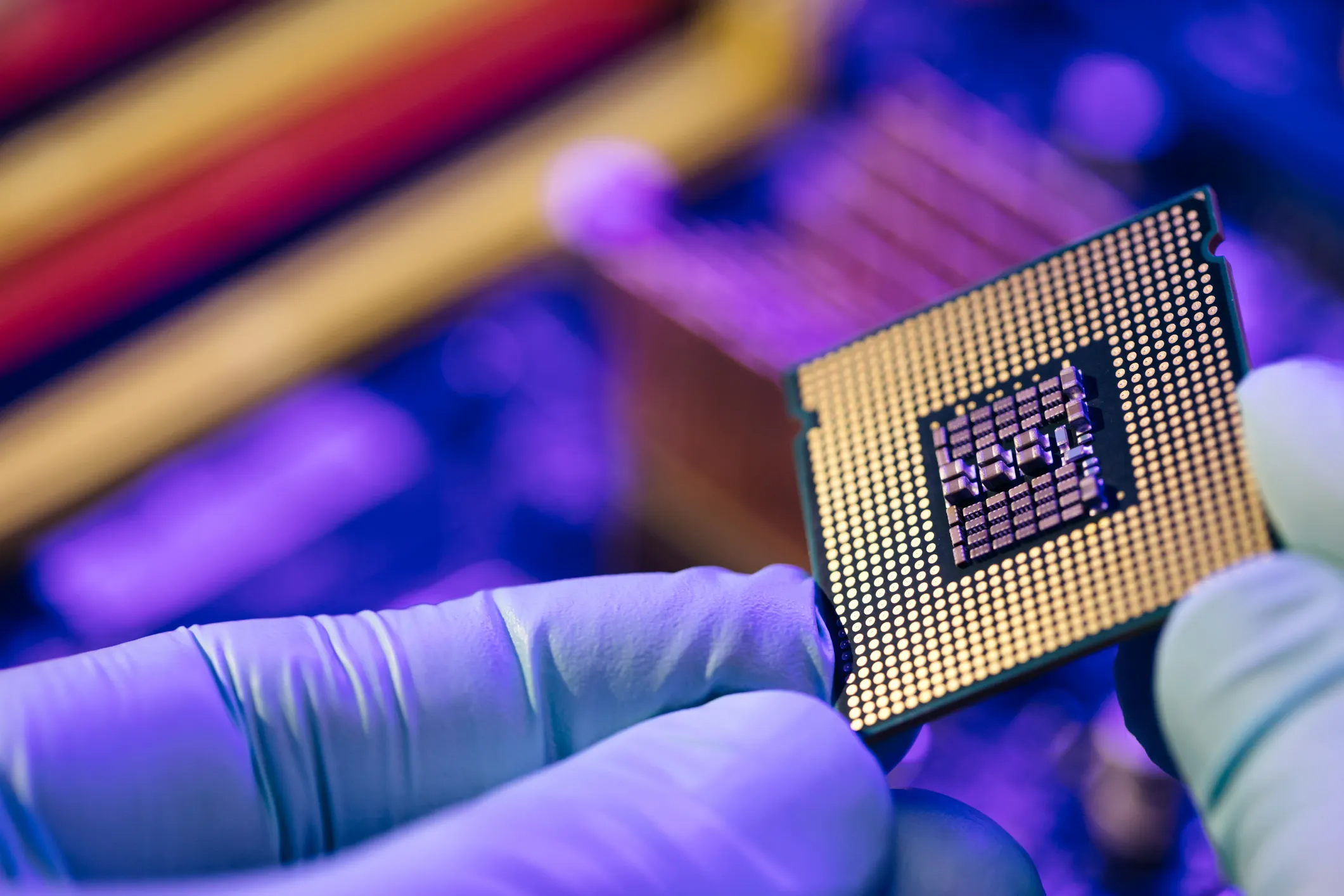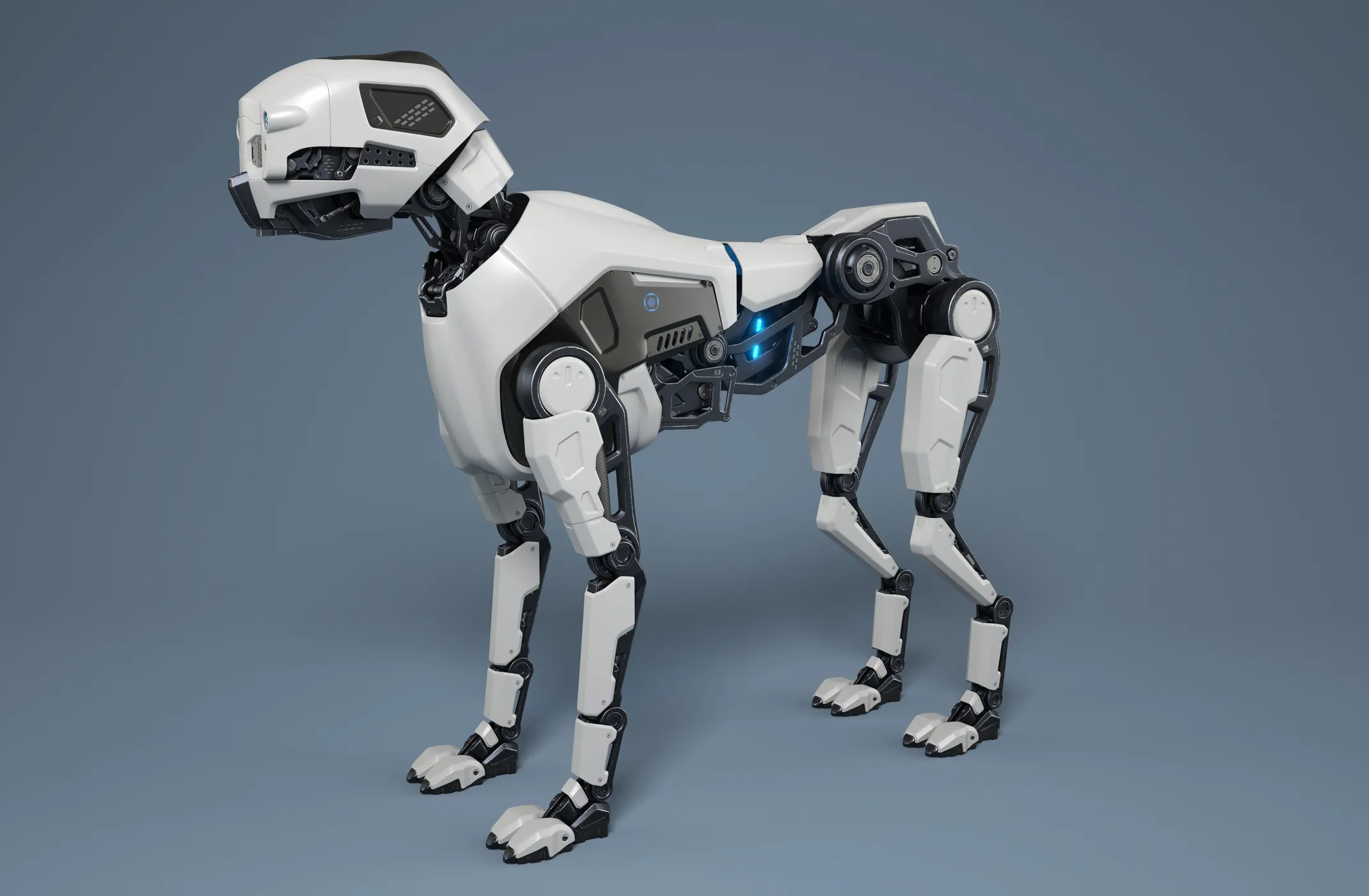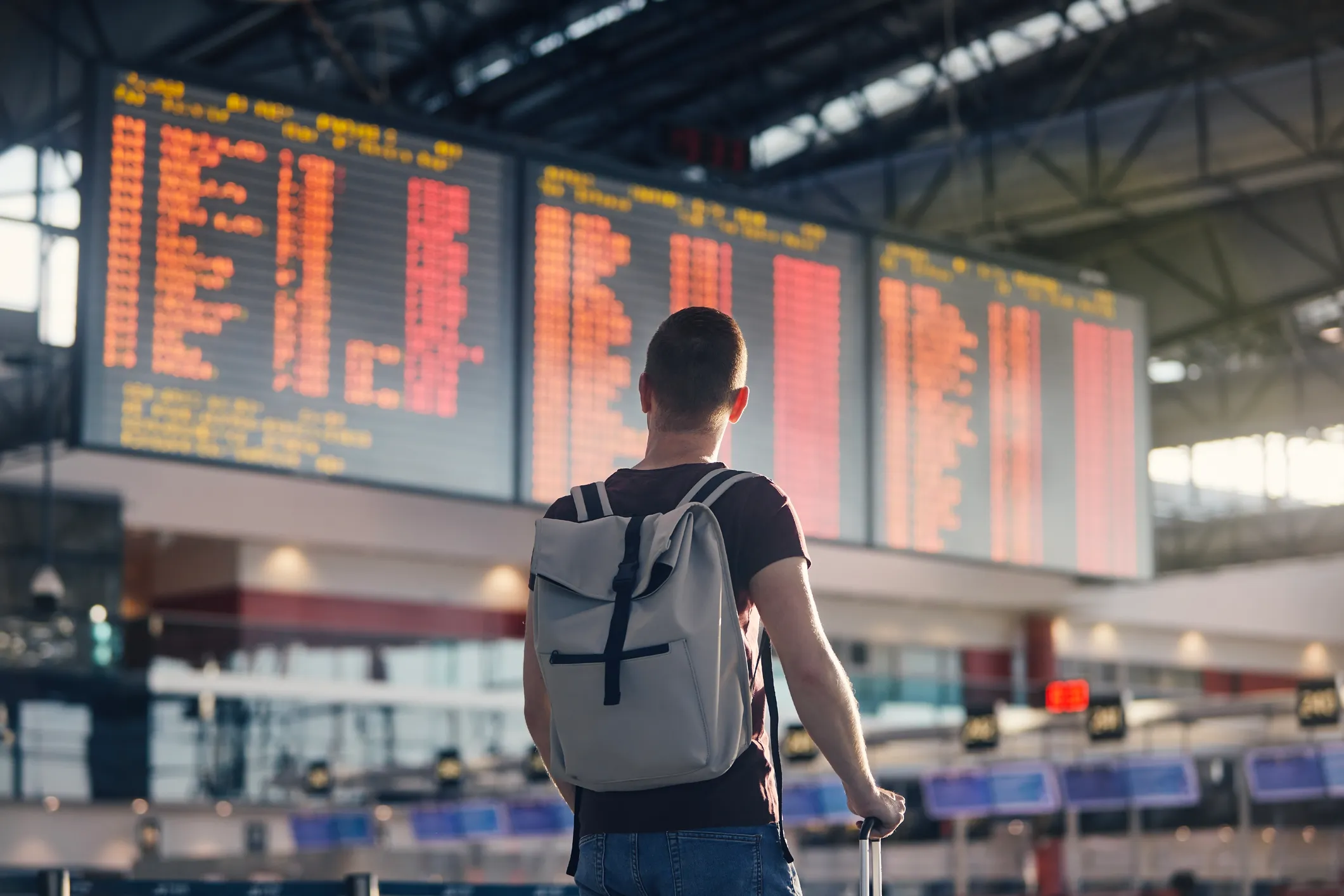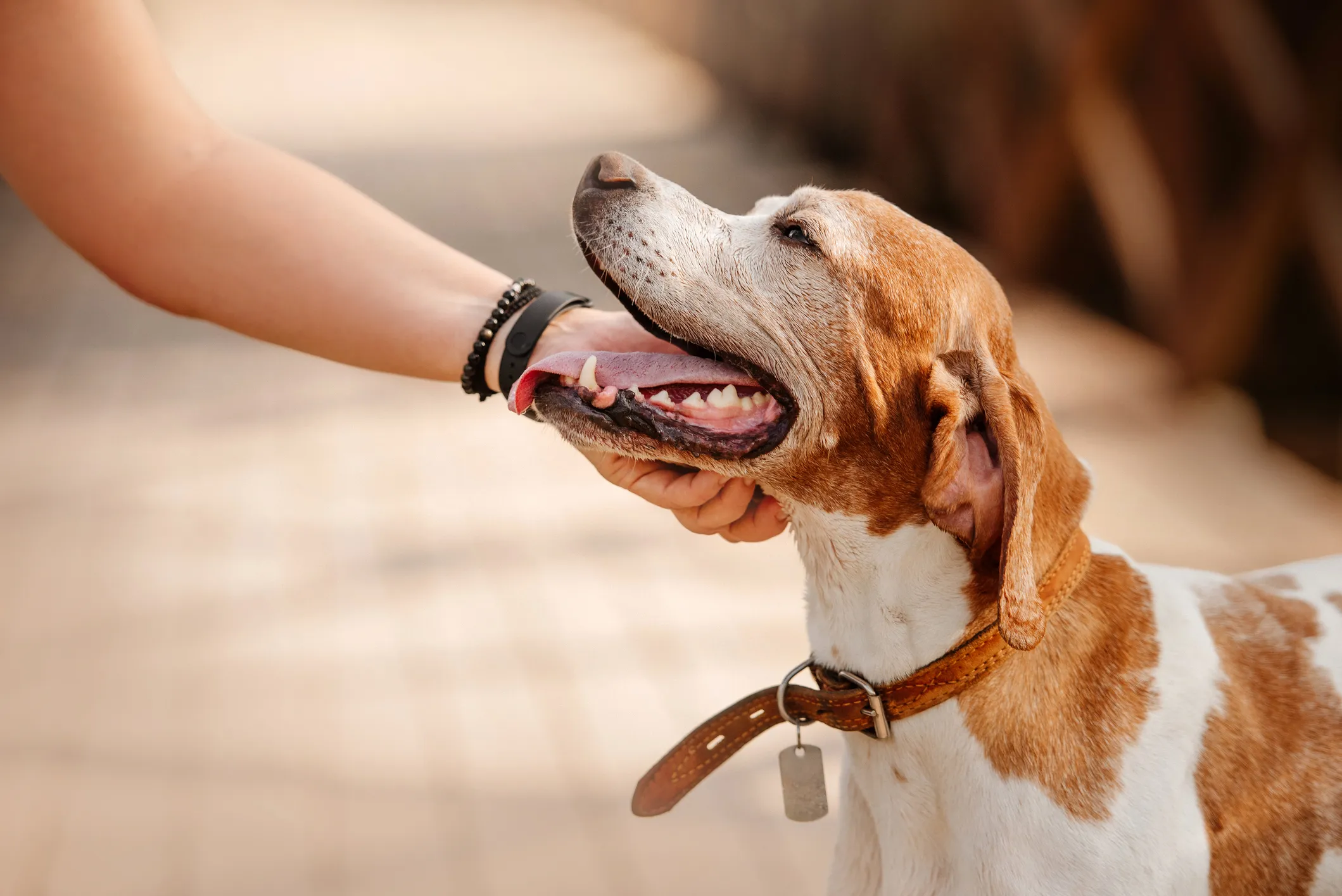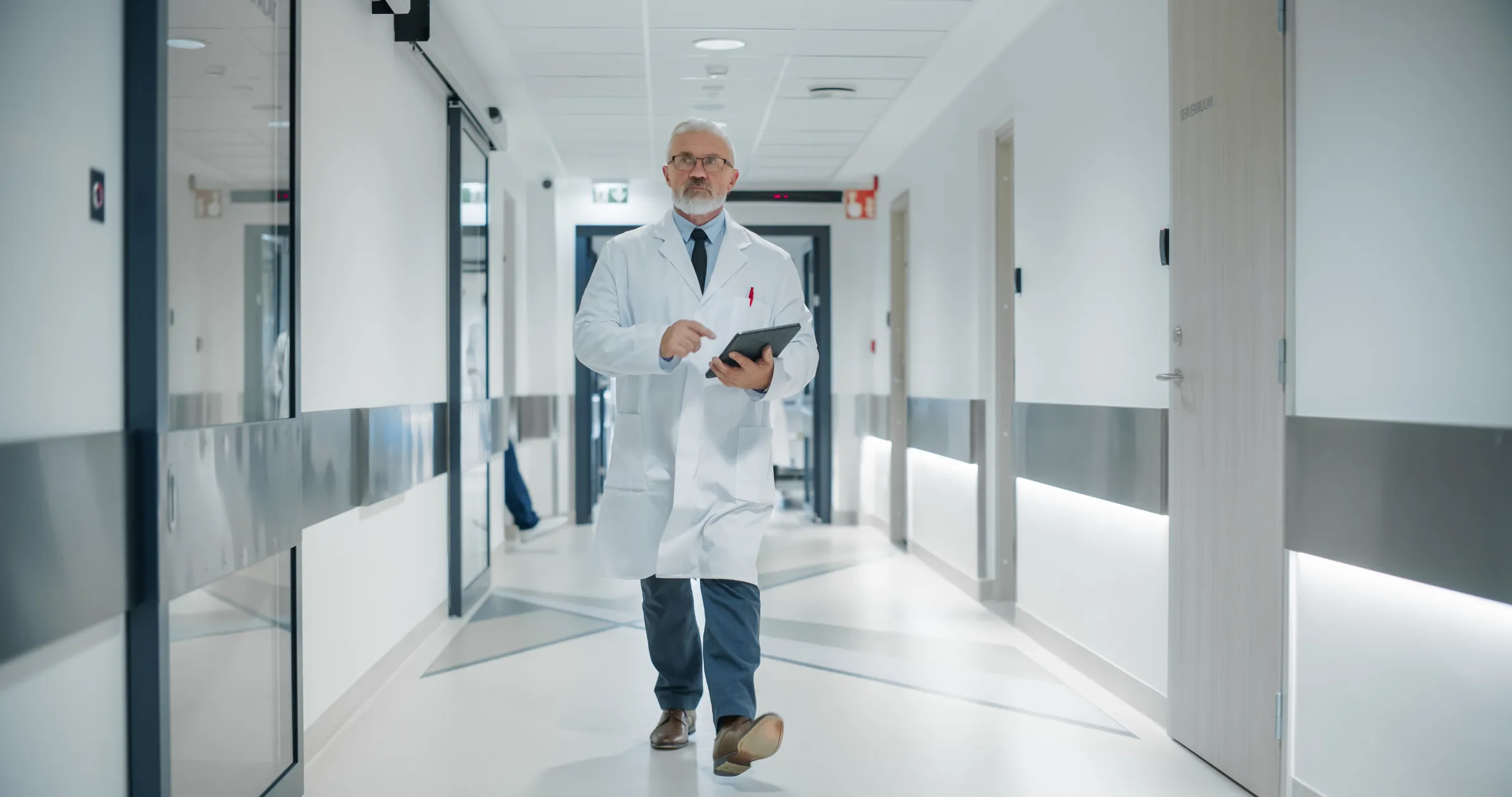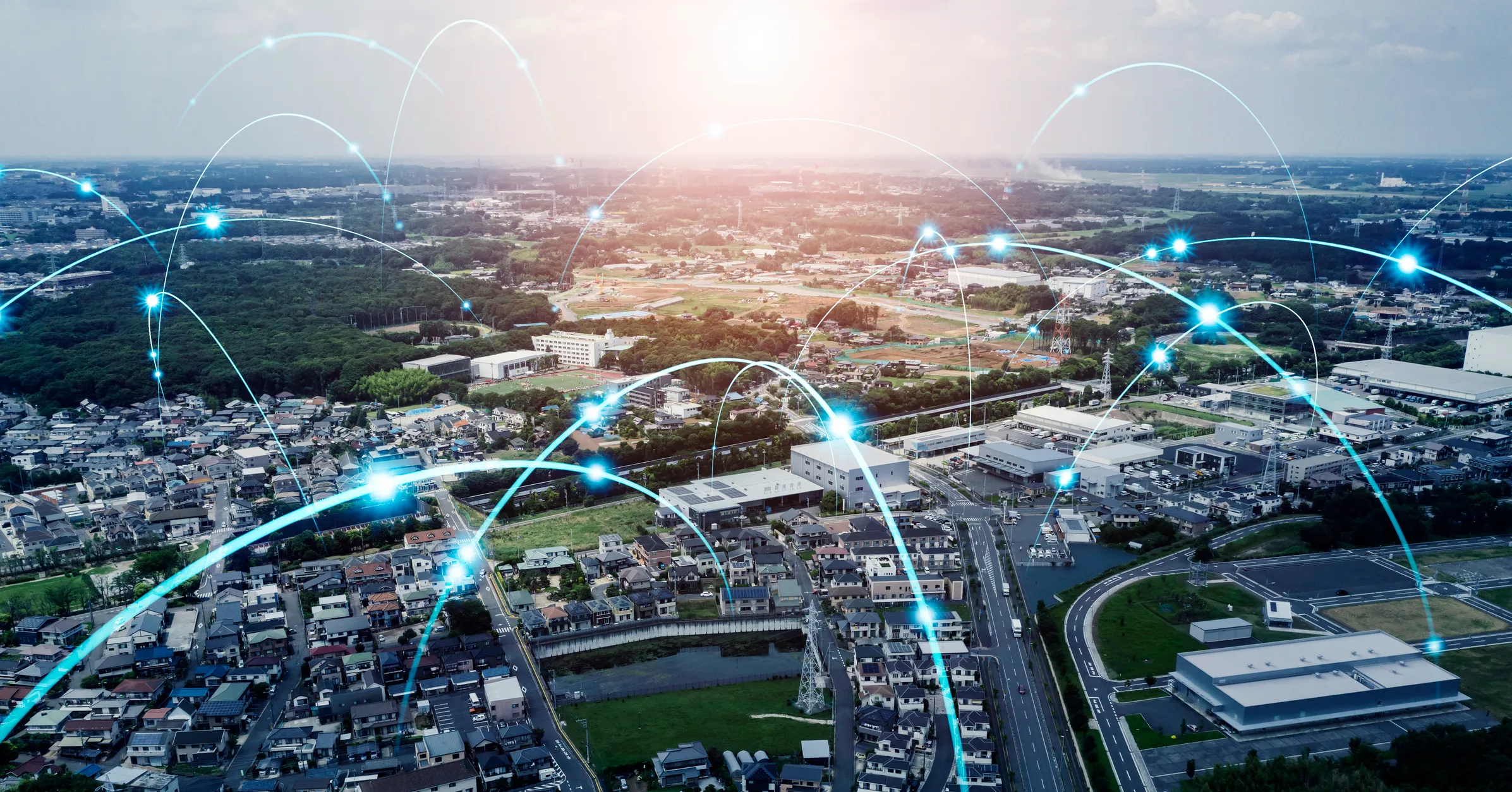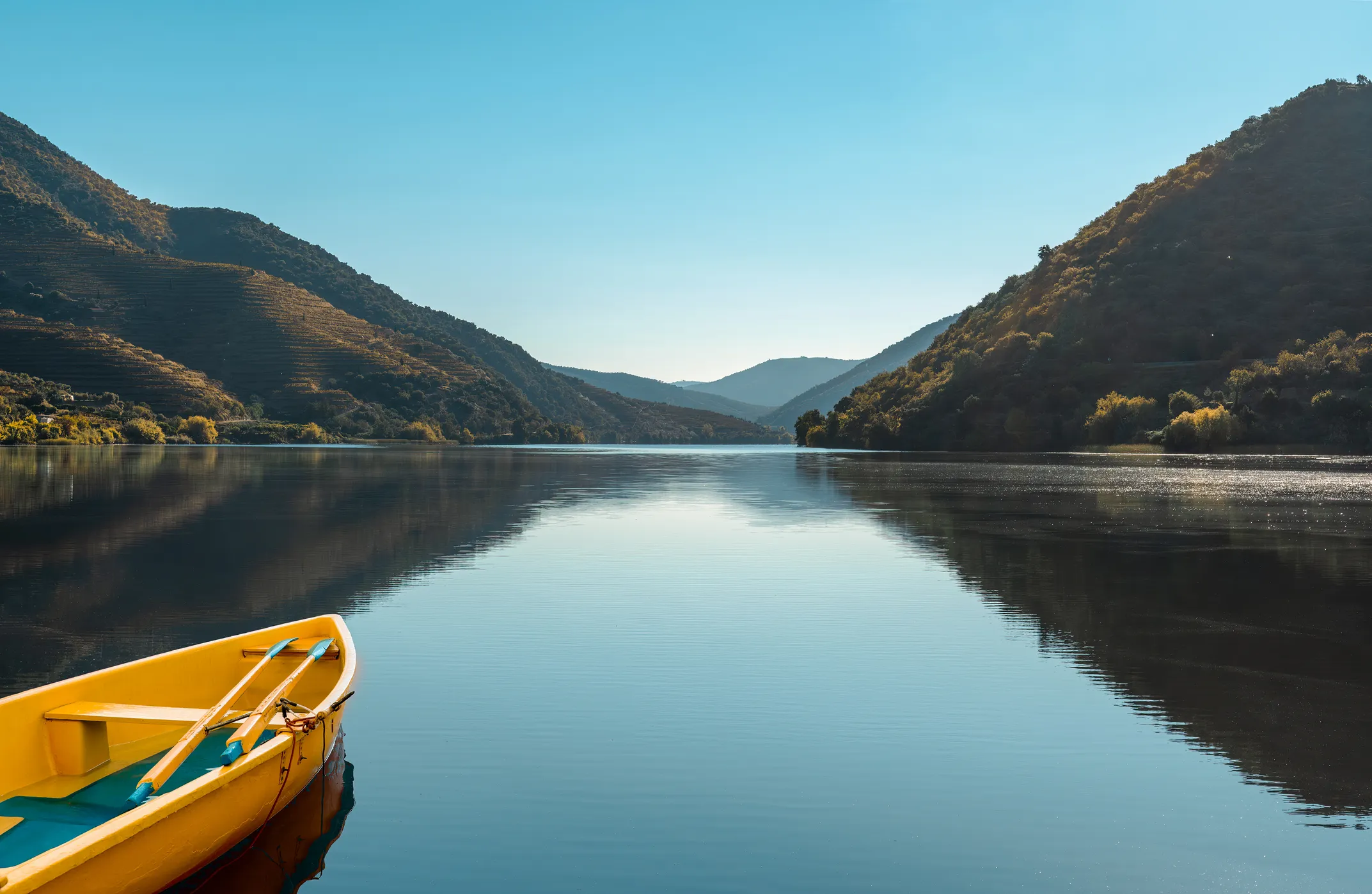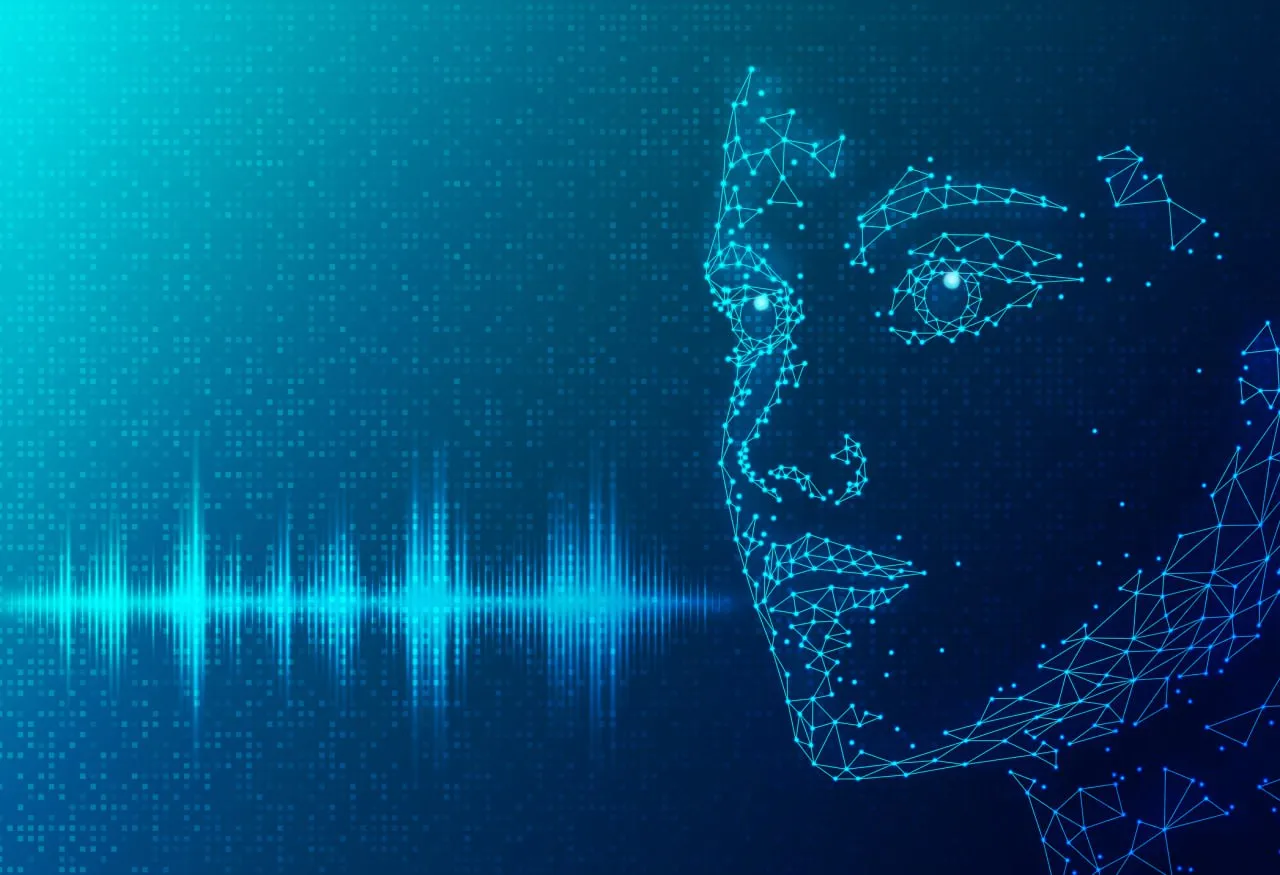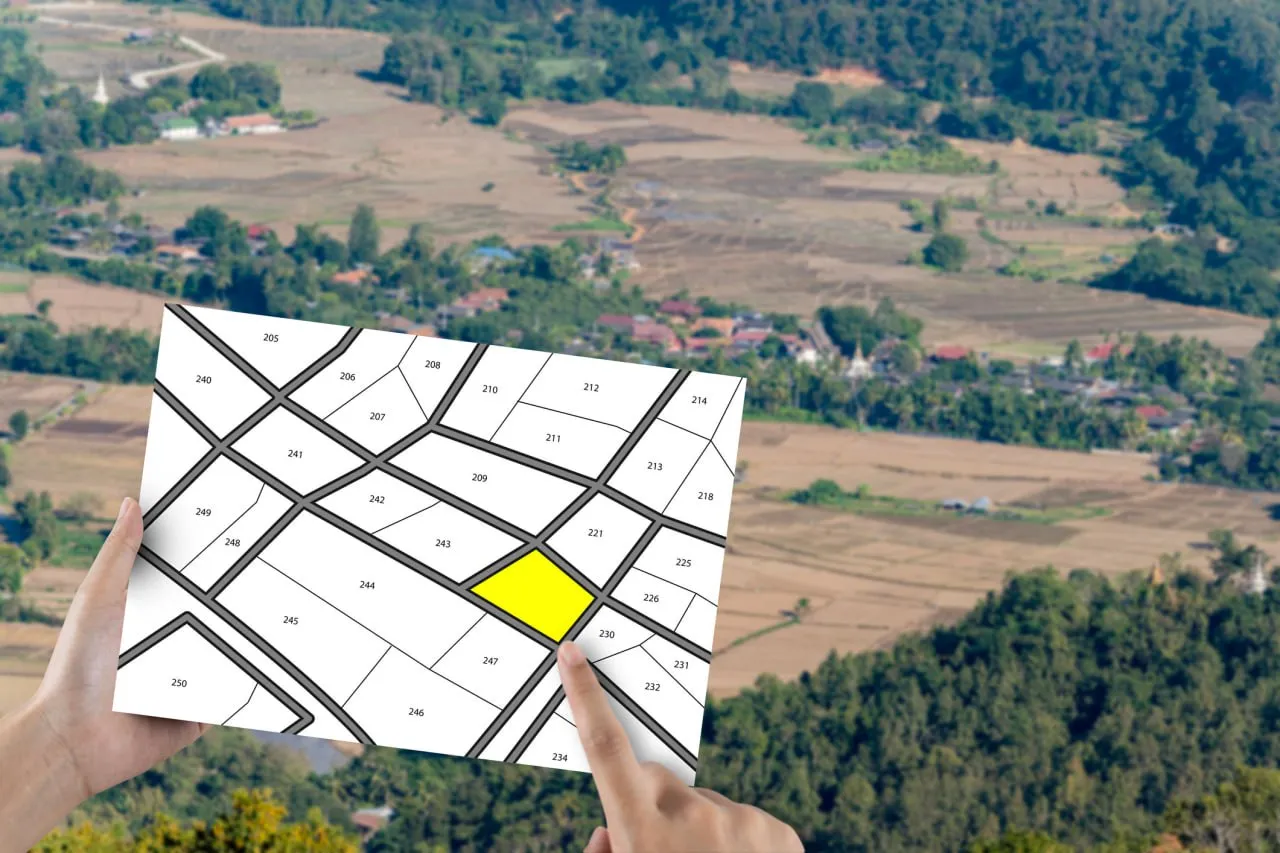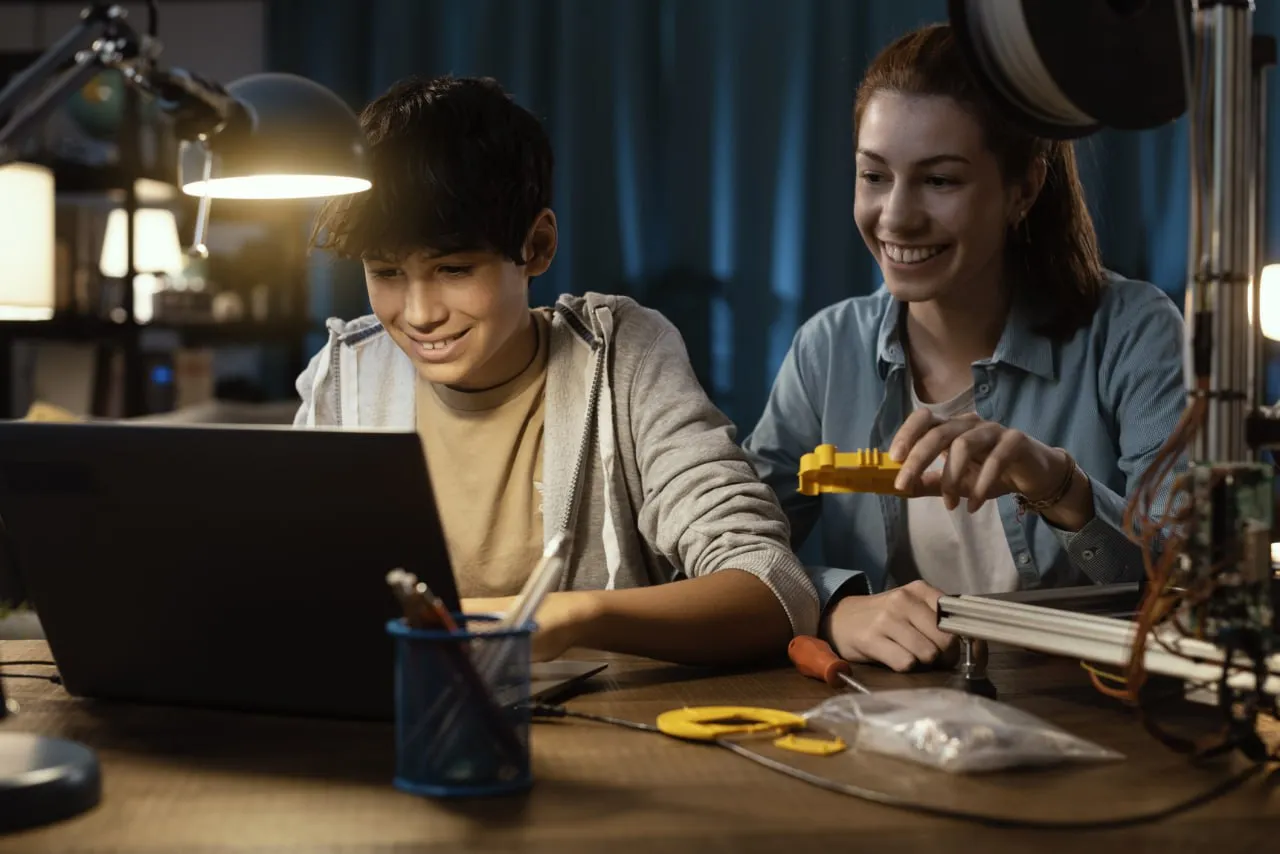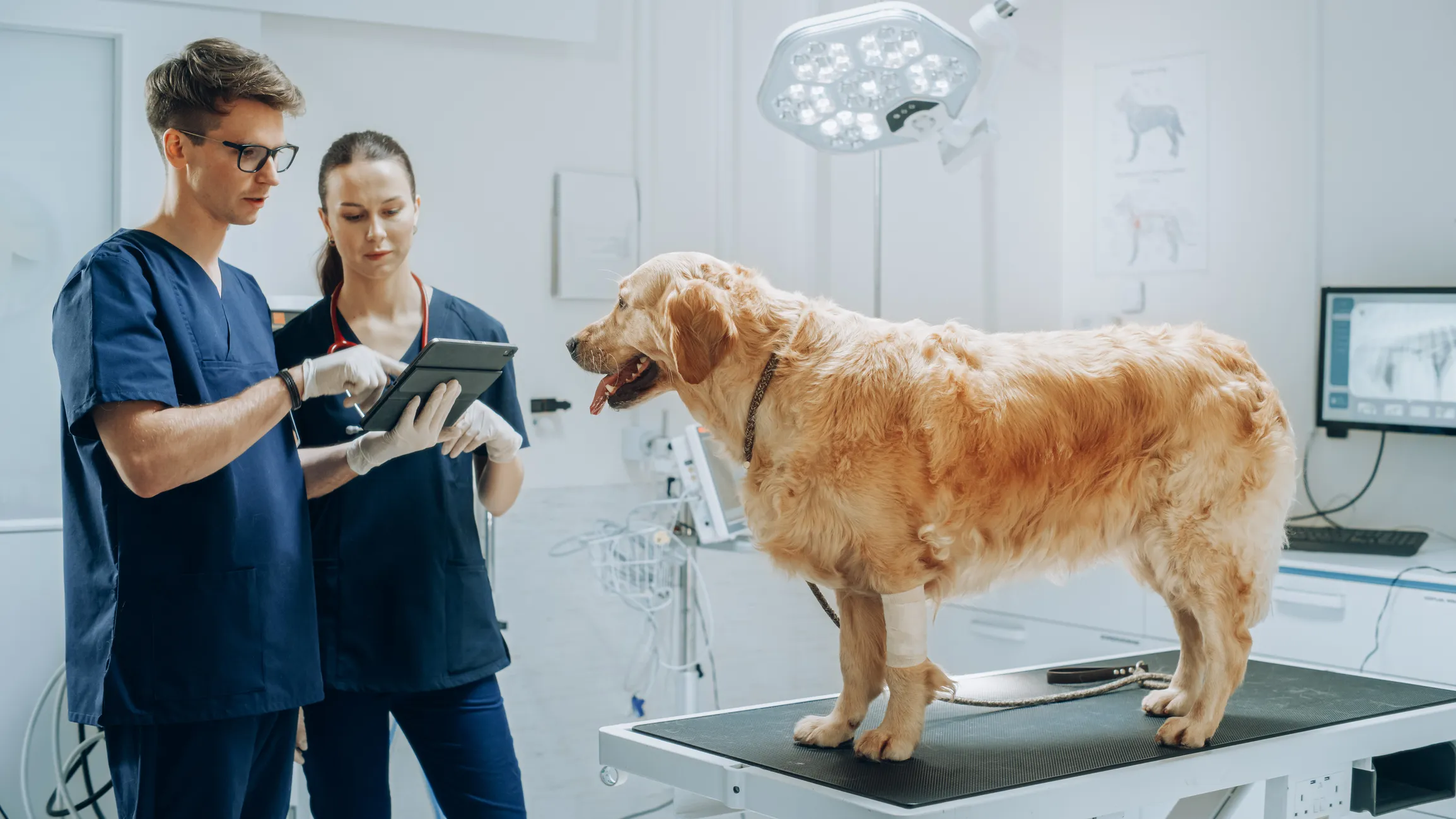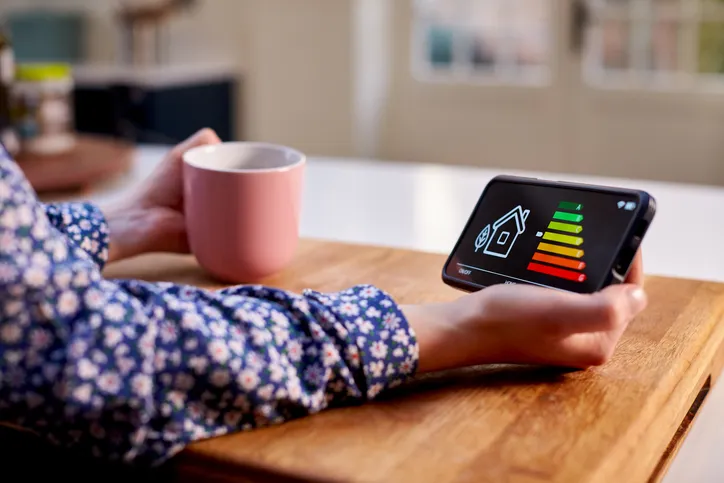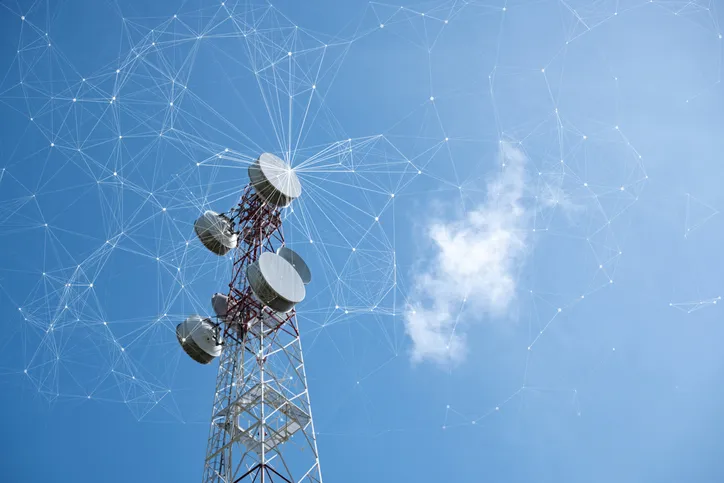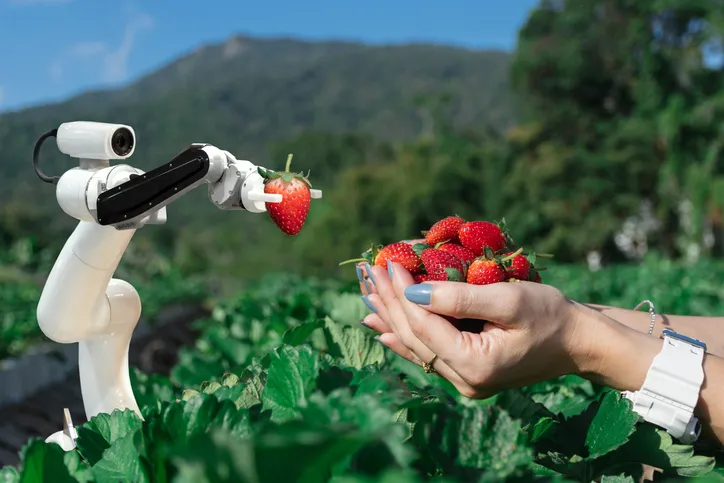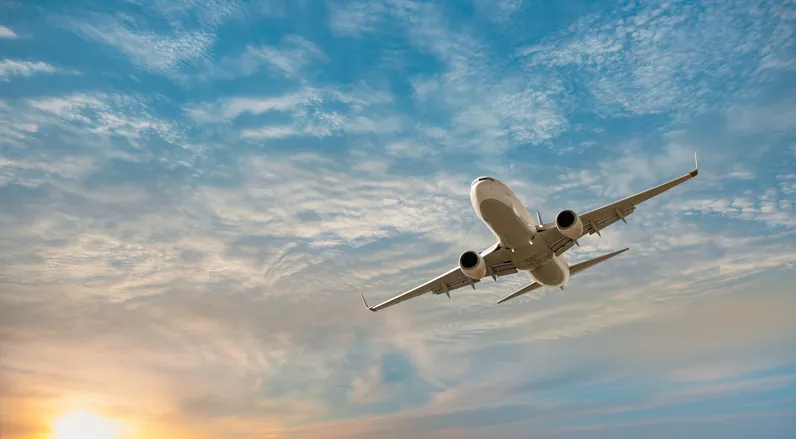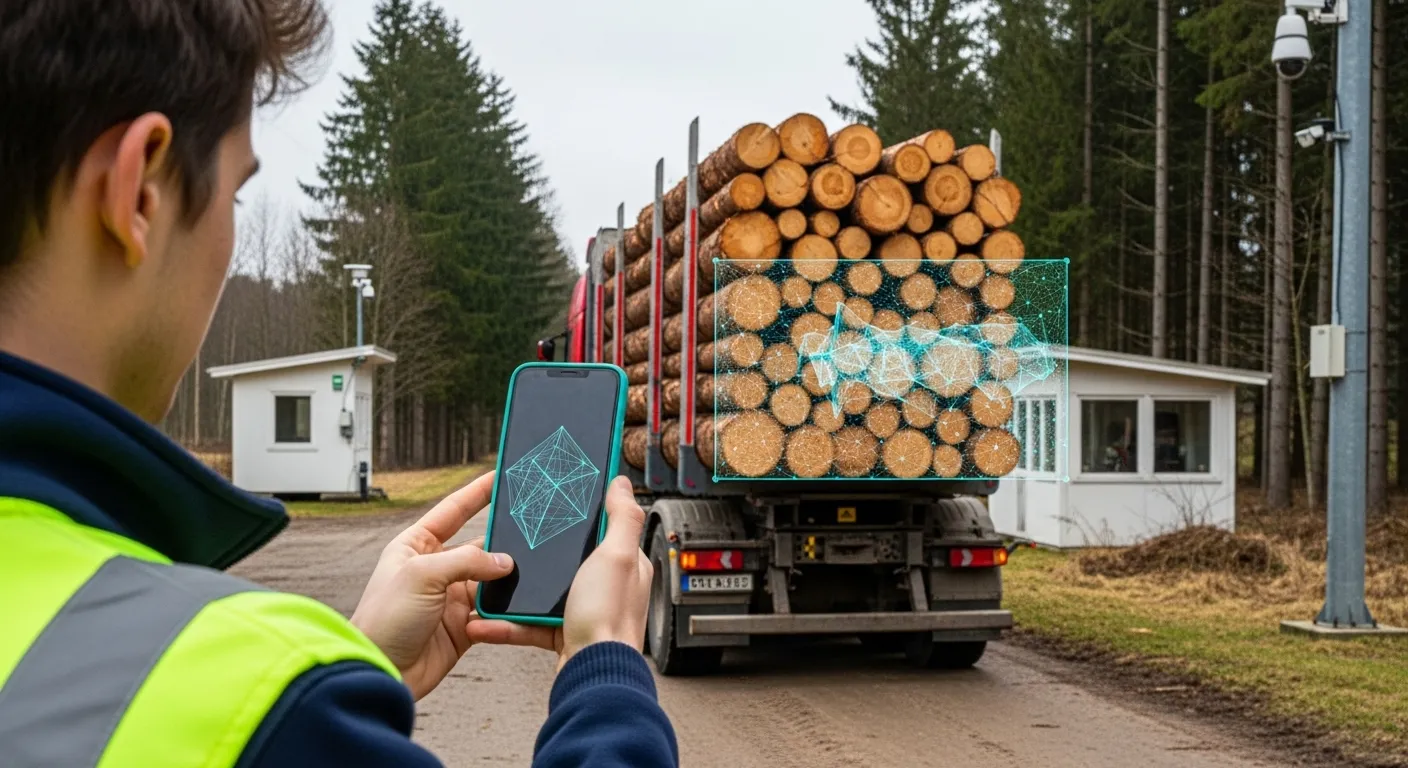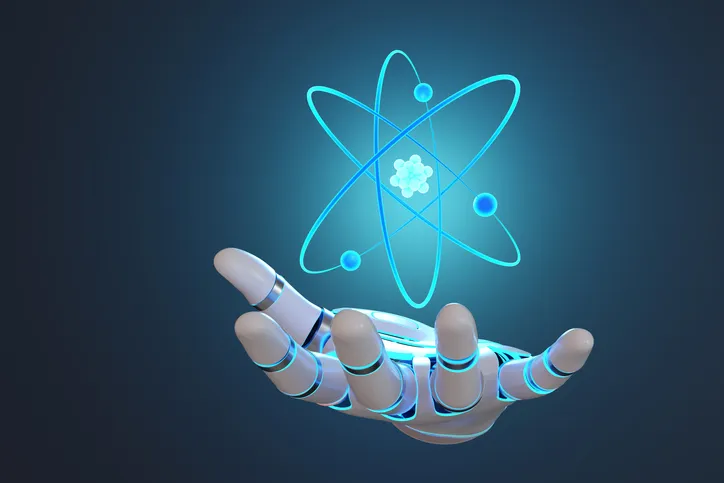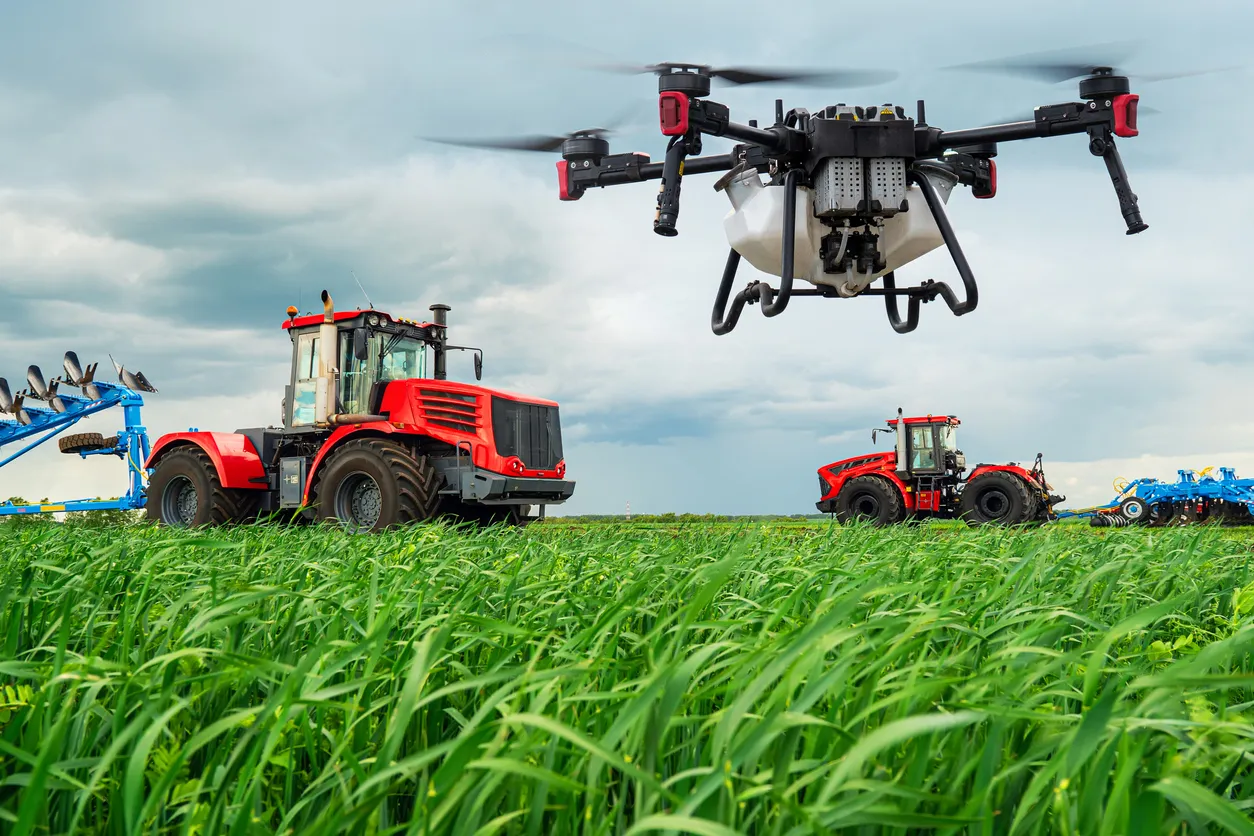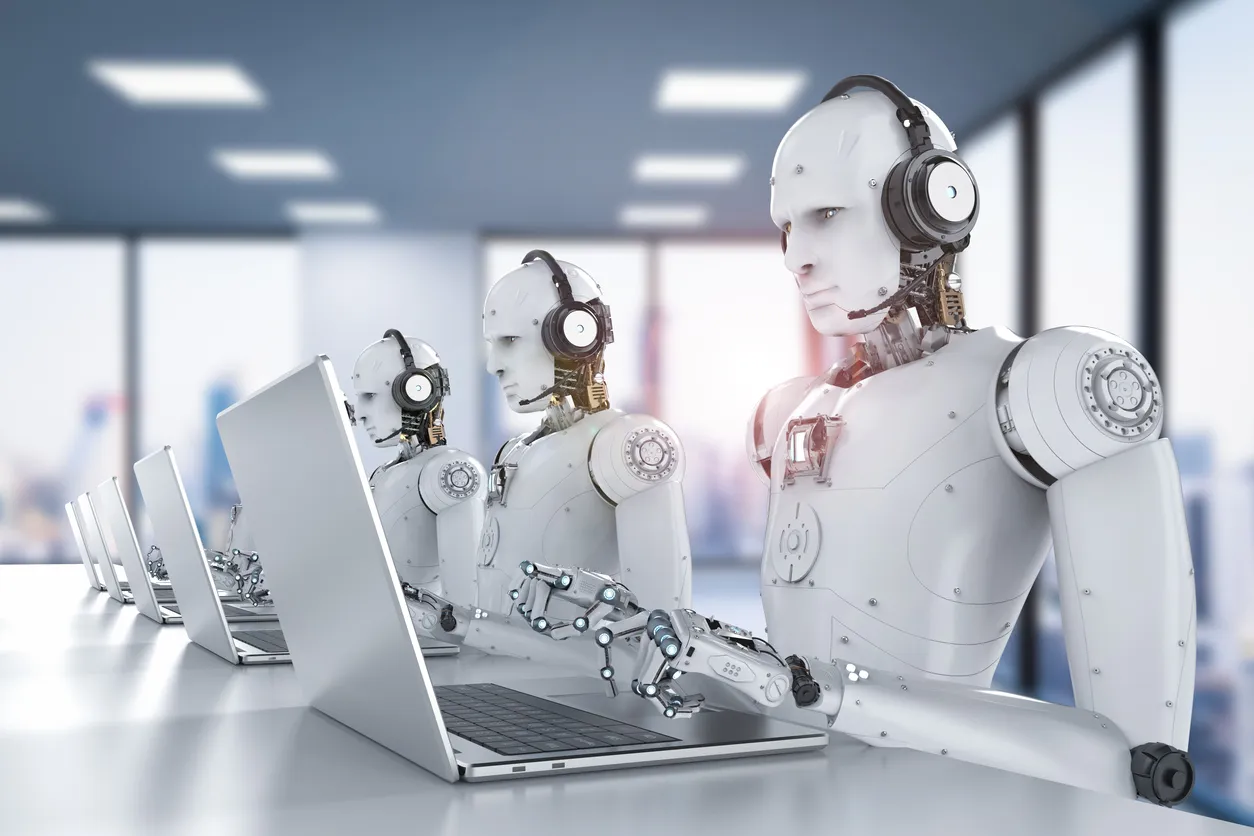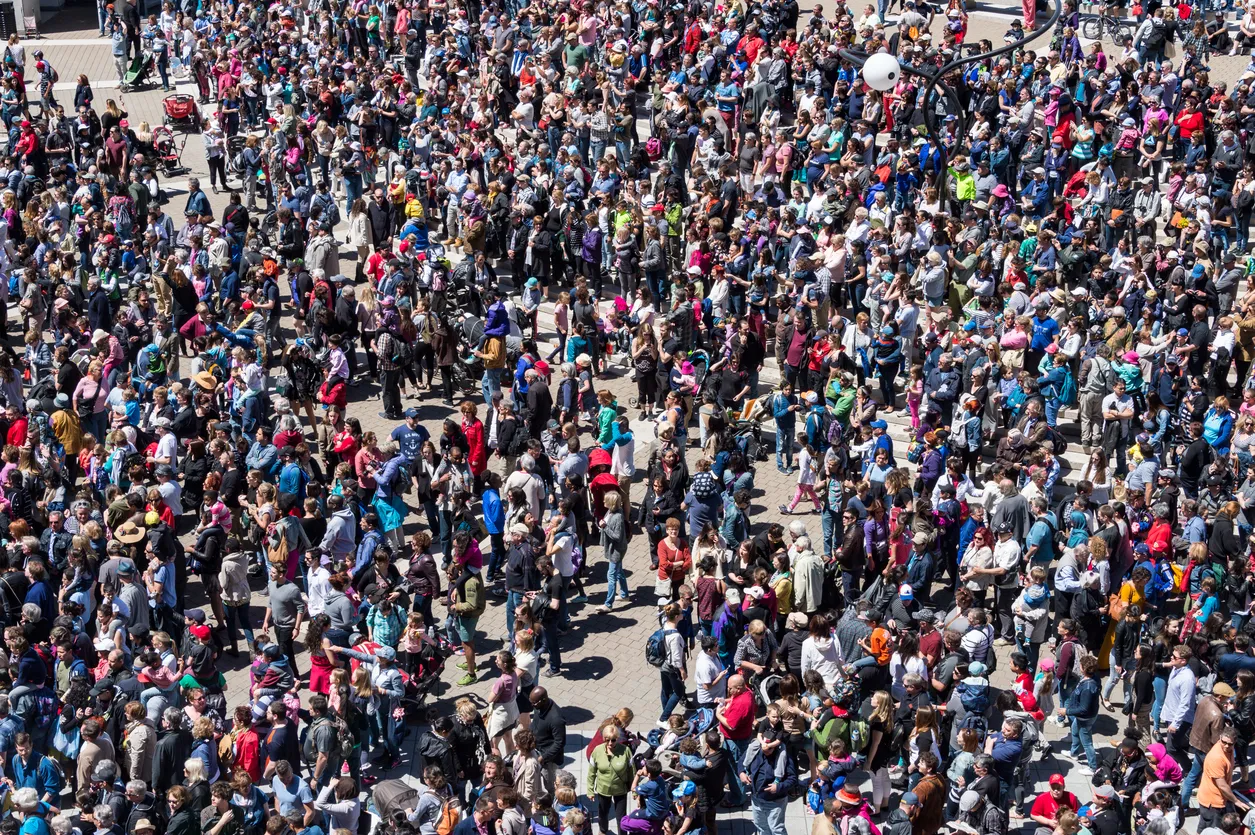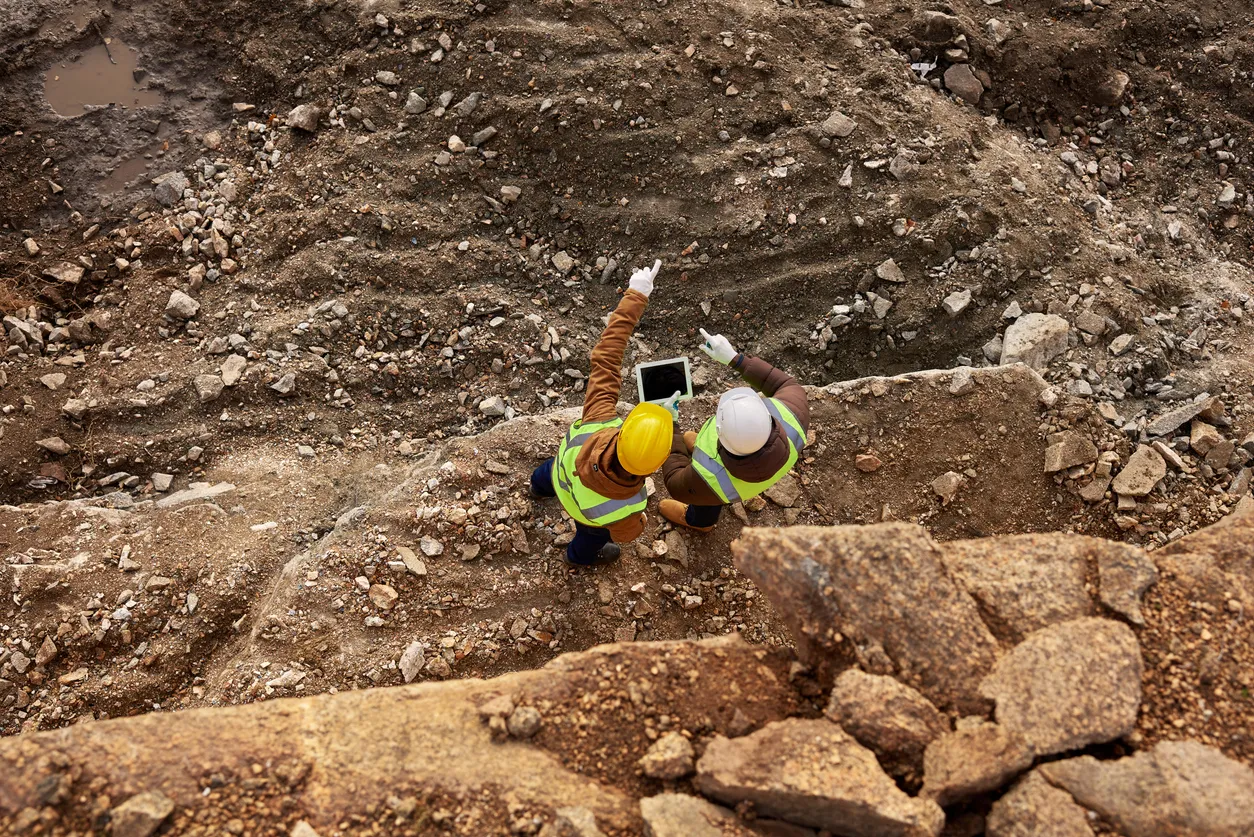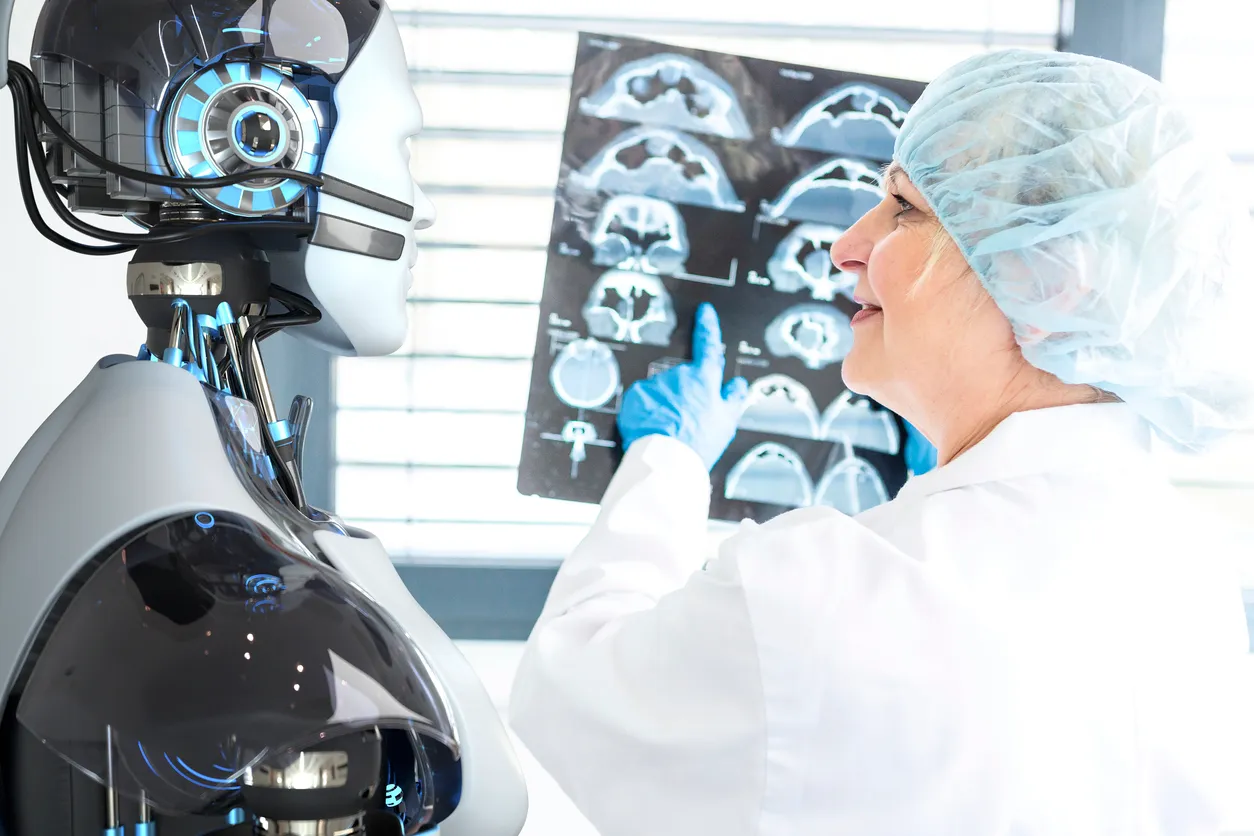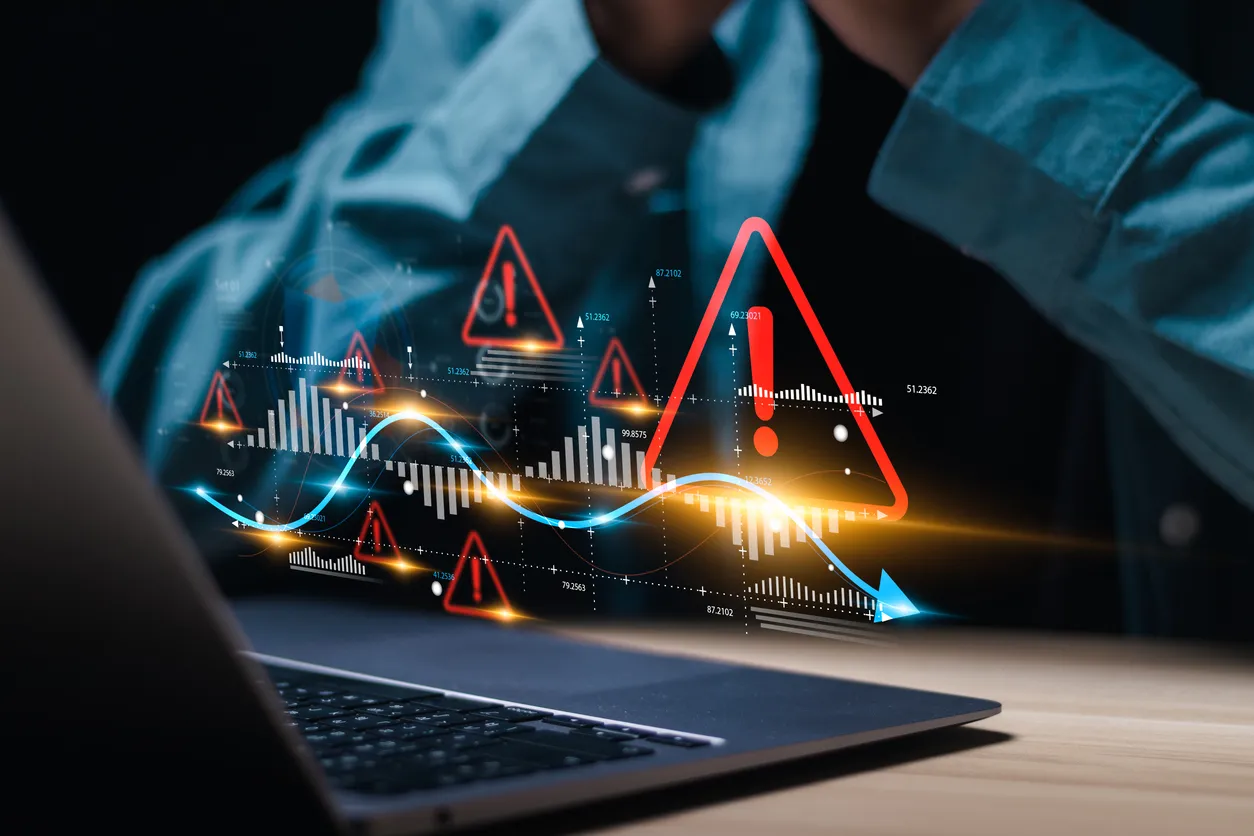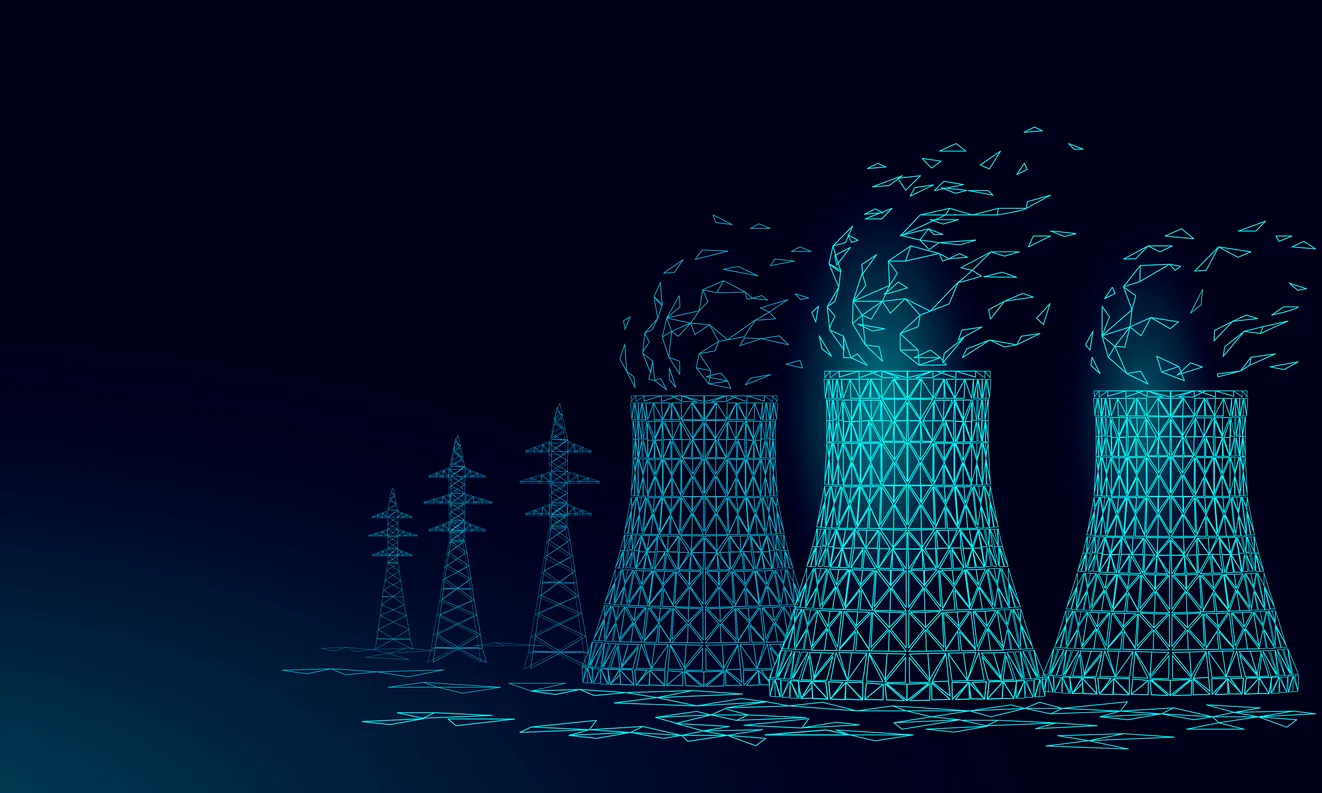Russian and Brazilian Scientists to Build a Unified VR Platform for Museum Artifacts

An international collaboration will create a virtual‐reality repository that preserves detailed digital twins of cultural treasures—ensuring no piece of history is lost, even if the original vanishes
A Virtual Lifeline for Endangered Collections
At the BRICS+ Open Science Week, leading researchers from Lomonosov Moscow State University and the Federal University of Rio de Janeiro unveiled plans for a shared VR platform dedicated to historical artifacts. By scanning and reconstructing items in three dimensions, the system captures every nuance—from surface wear to pigment composition—so that, should an object be damaged or destroyed, its complete digital profile remains intact.
The urgency of this initiative was driven home by the 2018 fire at Brazil’s National Museum in Rio de Janeiro, where over 20 million specimens, including Latin America’s oldest known mummy, were lost forever. “Had the institution possessed a digital twin of its collection, descendants could have preserved the museum’s patrimony and, later, executed an exact reconstruction using modern technologies,” the project team noted.
Technical Foundations and Analytical Edge
Building a robust VR platform requires more than high‑resolution scanning. The consortium will integrate photogrammetry, multispectral imaging, and AI‑powered restoration algorithms to fill in missing or damaged details. By cross‑referencing data from Russian and Brazilian collections, the system’s machine‑learning models will identify common patterns of degradation and predict best‑case reconstruction scenarios.
Analytically, this cross–hemisphere partnership offers a rare opportunity to compare conservation challenges in different climates and materials. Russian researchers bring decades of experience digitizing temperate‑region artifacts, while their Brazilian counterparts contribute expertise in humid, tropical preservation—together yielding a more versatile platform capable of serving museums worldwide.
Democratizing Access and Ensuring Longevity
Beyond disaster recovery, the VR platform promises to revolutionize public engagement. Virtual exhibits can travel instantly from Moscow to Manaus, allowing global audiences to explore rare items in immersive environments. Curators can simulate lighting conditions, annotate contextual information in real time, and even host interactive seminars atop virtual ruins.
For visitors, this means unprecedented access to cultural heritage without the barriers of geography or conservation restrictions. For institutions, it ensures that no matter what fate befalls physical collections, their stories, science, and artistry endure—sparking new forms of scholarship and safeguarding humanity’s shared legacy for generations to come.



